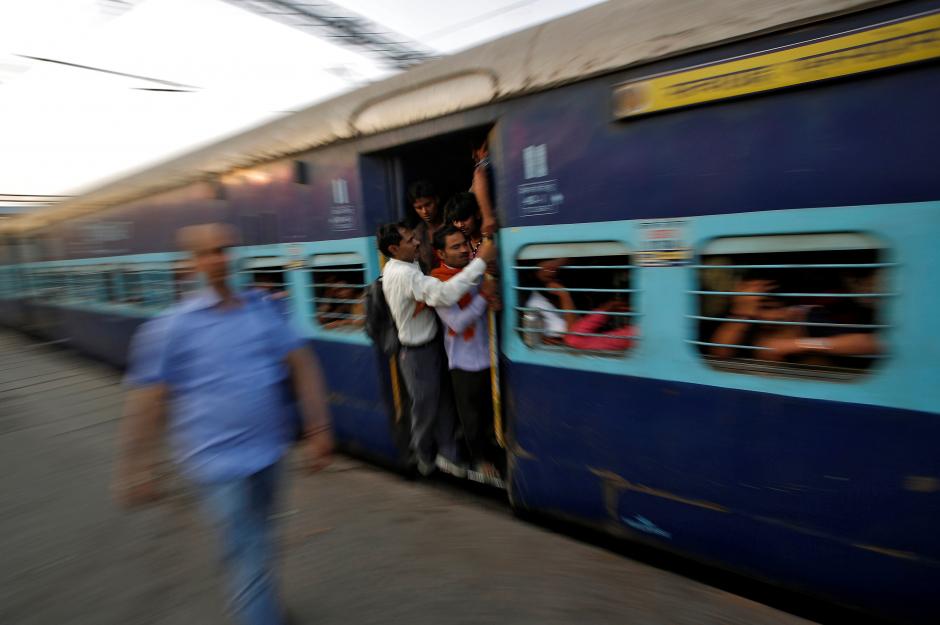New Delhi: The Indian Railways on February 27 restored the Second Class Ordinary Fares on ‘Passenger Trains’, which had been renamed as ‘Express Specials’ or ‘MEMU/DEMU Express’ Trains, reports The Hindu.
After the lockdown in the wake of the pandemic, the Railways had been criticised for their gradual withdrawal of ‘Passenger Trains’ by simply changing their names. ‘Ordinary Class’ fares were done away with and the minimum cost of ticket went up from Rs 10 to a whopping three-fold, to Rs 30. This was at par with Express Train fares.
According to railway sources, writes the newspaper, the Chief Booking Reservation Supervisors were informed that the minimum fare in Second Class Ordinary Trains had been reversed with effect from the early hours. It is believed that this followed a meeting of the Railway Board on February 26 to take a decision on the slashing of fares.
The Indian Railways had come under criticism for charging commuters, “especially small vendors, daily wage workers and other poor passengers, are paying double the charge for travelling in the same slow-moving train.”
Reports recorded how the change in name, without a change in speed had resulted in higher prices paid by those who could least afford to. The move will bolster the Railways financially, said a news report yesterday, “but it will be a huge burden to the economically disadvantaged commuters such as small vendors, daily wage labourers, farmers who depend on the “affordable” fares of the trains for transportation.”
The role of the Indian railways as a public good, to enable the least advantaged in a large country was questioned by others. Former railway officer, Mathew John wrote in the The Wire, that the Indian Railways “has historically been the mode of transport for the common people, who have hitherto been the Railway management’s prime focus.” The “vision statement” of 2011-12 he noted, has stated that the “Indian Railways shall provide safe, efficient, AFFORDABLE, customer-focussed…” transport, clearly spelling out its concern for the common person i.e., the second-class traveller.
He wrote that there were questionable practices adopted to give the appearance of boosted performance, like “the average freight train speeds which were 27.2 kmph in 2010-11 declined to 24.4 kmph in 2019-20 but then, quite inexplicably, shot up to 43.2 kmph in 2020-21 and 37.3 kmph in 2021-22 by employing the simple artifice of deducting the period of major detentions enroute.”
Regarding financial performance, the Comptroller and Auditor General has pointed out the fudging of the operating ratio by removing pension expenditure appropriated to the pension fund from the computation of profitability.


